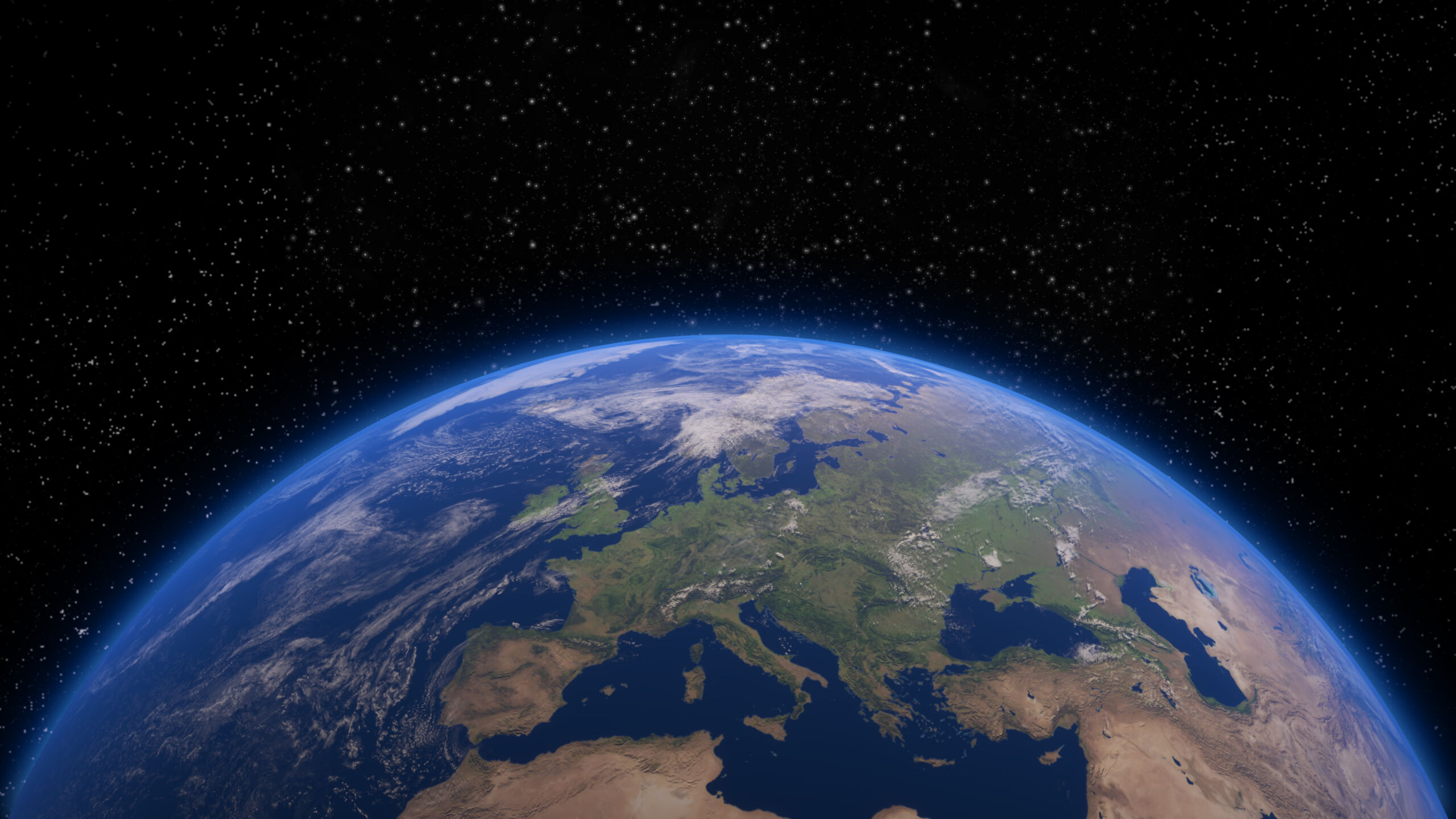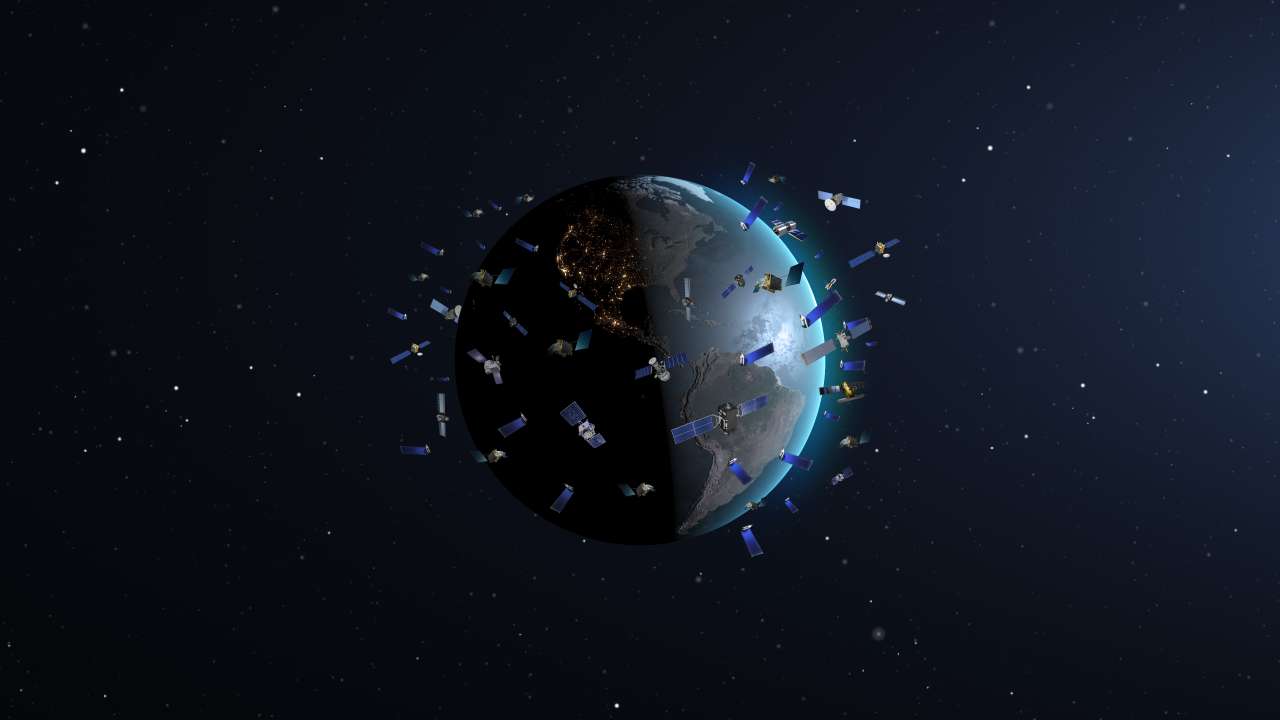
The Human Environment Includes Orbital Space

By Ruskin Hartley, Executive Director
Protecting the night from light pollution for all living things requires bold action. Today, we call on the White House Council on Environmental Quality, and all who value the dark night sky, to join us in ensuring its protection by recognizing the orbital space around the Earth as an intrinsic part of the human environment.
Back in the late 1990s, I worked as an environmental planner at the consulting firm EDAW. One of my jobs was to conduct visual resource assessments on power lines, smokestacks, and ground-based antenna. After selecting key vantage points, I’d model and assess how the view would change for an observer at that location.
These assessments were required under the National Environmental Policy Act of 1969 (“NEPA”). A groundbreaking law signed by Richard Nixon that declared “a national policy which will encourage productive and enjoyable harmony between man and his environment.” (Yes, the language is woefully sexist these days, but the underlying intent remains as relevant today as when it was signed.)
On March 10, 2020, the White House Council for Environmental Quality (“CEQ”) closed the comment period on proposed changes that seek to “modernize and clarify” the regulations. These regulations guide how the law is applied to all Federal agencies. Earlier today, the International Dark-Sky Association submitted comments in opposition of these proposals. These comments were developed in collaboration with Attorney Charles Mudd, and with the support of our Board and Committees.
My prior work conducting visual resource assessments has been on my mind as we evaluate how to respond to the satellite “megaconstellations,” several of which intend to expand broadband internet to the world by placing antennae in low earth orbit. The planned launch of as many as 45,000 satellites in the coming years will have profound consequences for the quiet enjoyment of the night sky for everyone on Earth. If the regulations require an analysis of the visual impact of a ground-based antenna, why not a space-based antenna?
The CEQ has already received nearly 70,000 comments on proposed changes to the CEQ Implementing Regulations, mostly on the issue of cumulative effects of actions affecting environmental quality. In developing our comments, we decided to focus on an aspect of the regulation that has been largely overlooked. Namely the question of what is the human environment.
Let me explain.
First, we argue that the understanding of the ‘human environment’ in NEPA should be extended to consider the orbital space around the Earth.
Second, NEPA was constructed 50 years ago in such a way as to be inclusive of future technologies and activities that Congress couldn’t imagine back then. And it left regulatory decision making up to CEQ. The rapid rise or commercial space operations is a perfect example of this, so we argued that earth-orbiting satellites should be explicitly considered under NEPA regulations
Third, while the current CEQ Implementing Regulations don’t address whether near-Earth space is within the scope of environmental review under NEPA, they also don’t expressly preclude it. We argued that NEPA should apply to activities in space. In support of this assertion, we provided evidence in the value of dark skies, the importance to ground-based astronomy, and concerns about the threats posed by space debris.
Our comments are admittedly a long-shot. But it introduces the argument that the human environment extends to space. It also puts a stake in the ground that existing U.S. environmental policy covers concerns related to astronomy and the night sky.
Our argument about the ‘human environment’ including space also applies to the nature of artificial light on the ground and in the Earth’s atmosphere. That NEPA also applies to skyglow is not a huge leap of logic from the contents of our letter.


















